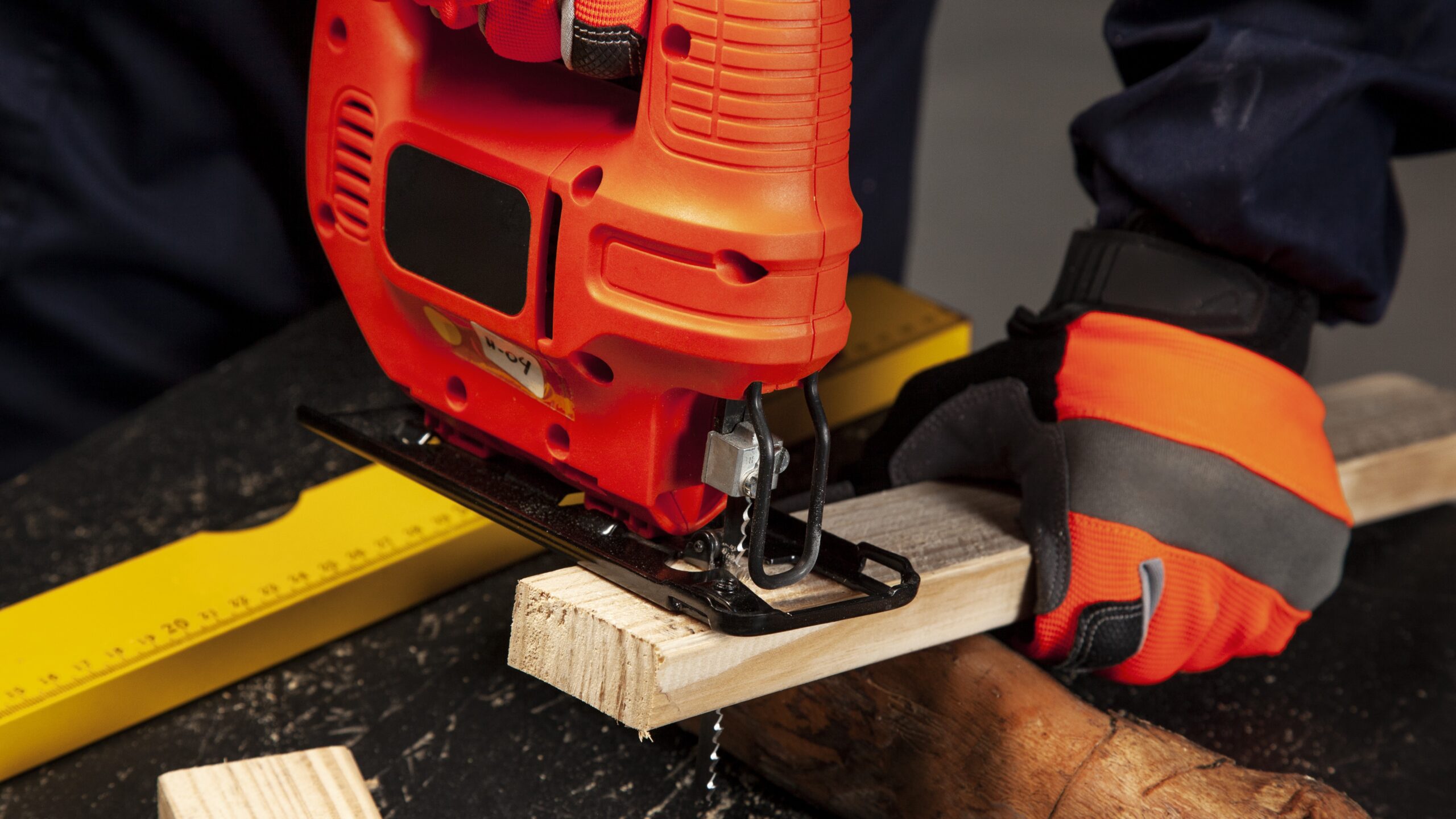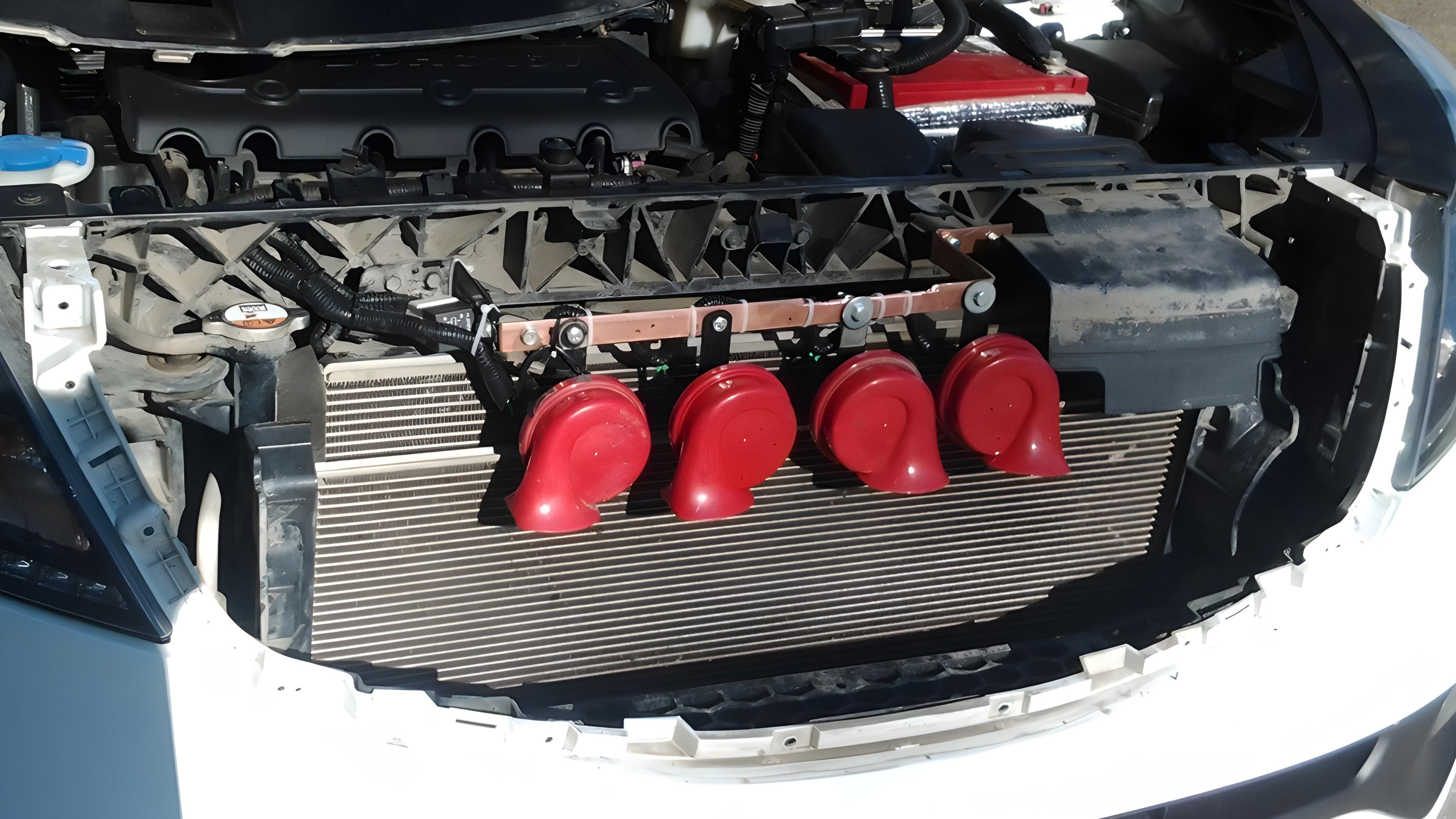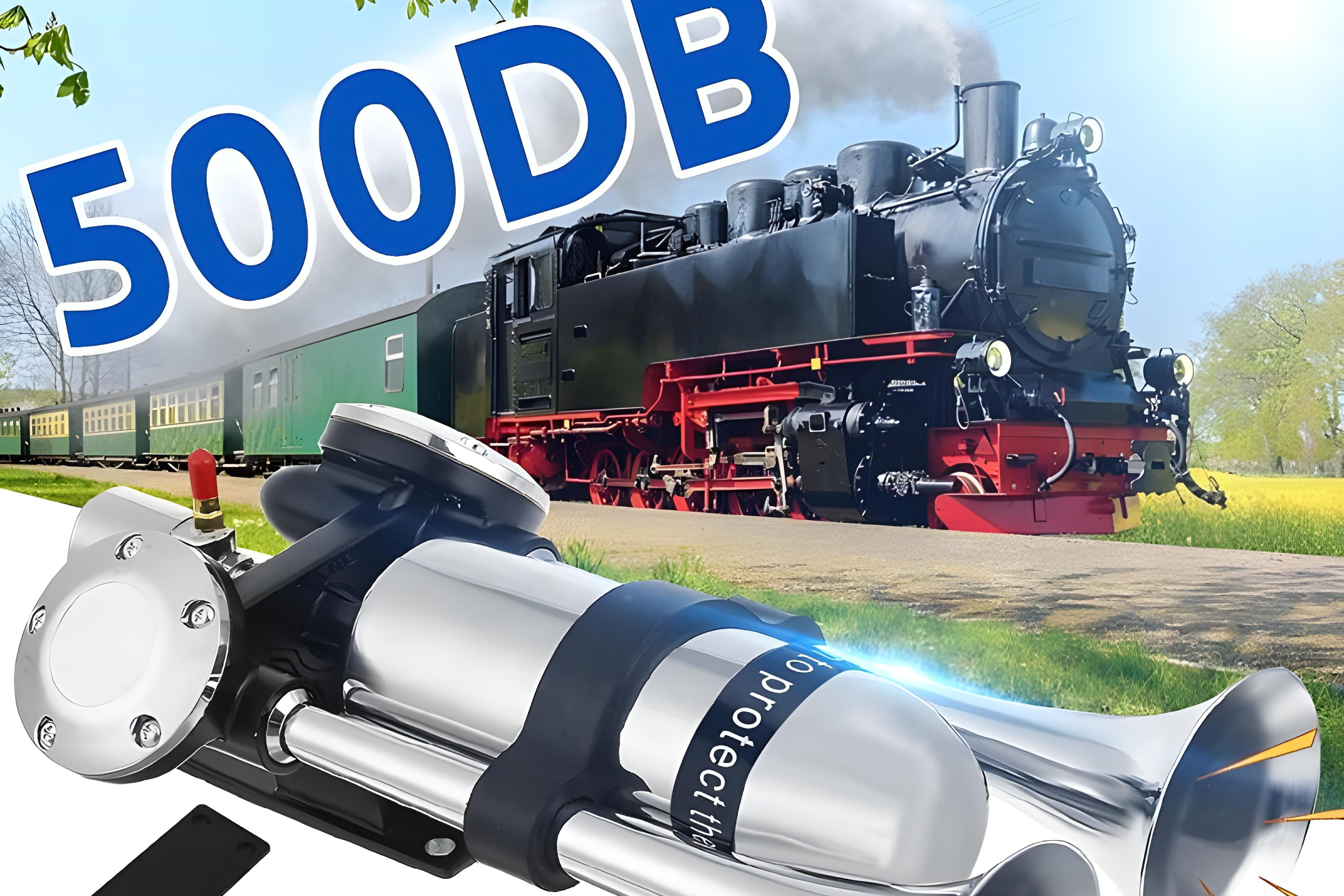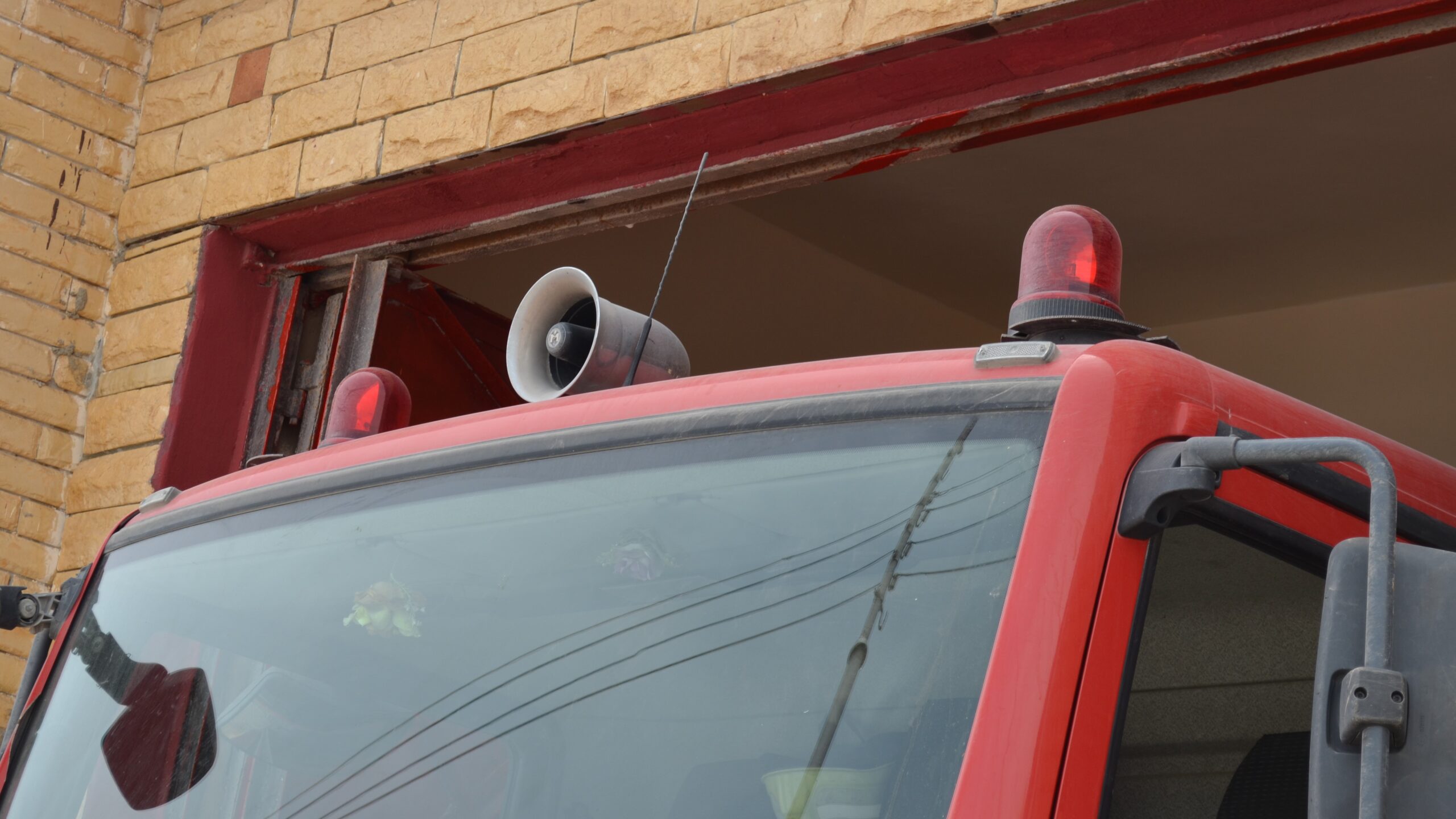When it comes to home improvement, power tools are indispensable. Whether you’re a seasoned DIYer or just someone trying to get things done around the house, having the right power tools and attachments can make all the difference. But let’s talk about one often-overlooked aspect: power tool attachments that make themselves heard! No, we’re not talking about the noise they make, but how their sound speaks volumes about their functionality, efficiency, and the tasks they can accomplish.
Understanding Power Tool Attachments and Their Importance
Before we dive into the noisy specifics, let’s first understand what power tool attachments are. These are additional components or accessories that attach to a base tool to extend its functionality. For example, you might attach a sanding pad to a sander, a drill bit to a drill, or a cutting blade to a jigsaw. Essentially, attachments allow one tool to perform a variety of tasks, eliminating the need to purchase a whole new tool for every job.
The attachment is what makes a power tool versatile. It takes a single, foundational tool and turns it into a multifunctional machine that can handle different materials and tasks. This versatility is crucial for anyone looking to work efficiently in the workshop or at home. A basic drill can become a powerful tool for boring holes, driving screws, or even mixing paint, all depending on the attachment it’s paired with.
But here’s the kicker: these attachments don’t just serve a functional role. They also provide auditory feedback that tells you a lot about their performance. Sound is often the first sign of how well the attachment is working. A smooth hum could indicate the tool is operating at optimal efficiency, while a change in pitch or rhythm might signal that something is off. These sounds are not just background noise; they are essential indicators of whether the tool is working correctly, struggling with a material, or even in need of maintenance.
In addition to the practical benefits, understanding the sounds of power tool attachments can also help you make more informed decisions about the tools you’re using. It’s like learning a new language—once you know the sound each attachment makes, you can better gauge how the job is progressing and adjust accordingly. The noise isn’t just an inevitable part of using power tools; it’s a vital communication tool that helps you assess the quality of your work and the health of your tools.
Why Sound Matters When Using Power Tool Attachments
Sound is often considered the “language” of power tools. It can signal that everything is running smoothly or that something needs attention. In fact, the sound that power tool attachments make often reveals more than just noise. It can hint at things like:
- Efficiency: A smooth, consistent sound often means the tool is working efficiently. When an attachment is operating as it should, the sound will be steady and uninterrupted, indicating that everything is functioning properly. This can help you gauge whether you’re using the tool in the right way or if it’s working at peak performance.
- Power: The louder or more forceful the sound, the more power the attachment might be exerting. For instance, a drill bit with enough torque to bore through tough material will often produce a loud, pronounced sound. Understanding the relationship between sound and power can help you adjust your approach to the task at hand, ensuring you’re using the right tool and attachment for the job.
- Wear and Tear: If the sound changes suddenly, it could indicate an issue with the attachment or the tool itself. For example, a high-pitched squeal or a grinding noise may suggest that the tool or attachment is wearing down or has become misaligned. This could mean that it’s time for maintenance, such as lubrication, tightening, or even replacing parts.
The Circular Saw Blade: Cutting Through the Noise
| Type of Blade | Material | Sound Produced | Indicates | Tool Performance |
| Wood Cutting Blades | Wood | High-pitched, whirring noise | A smooth, clean cut is being made | The blade is cutting efficiently, with minimal resistance. |
| Metal Cutting Blades | Metal | Harsh, rasping noise | A more intense cutting action | The blade is exerting more force to cut through tough material. |
| Masonry Blades | Concrete or Stone | Grinding, abrasive sound | The immense power required to cut through hard materials | The tool is under heavy stress, but cutting through concrete or stone as intended. |
| Plastic Cutting Blades | Plastic | Smooth, medium-pitched hum | Cutting plastic without too much resistance | The tool is working efficiently, with a steady cutting action. |
| Diamond Blades | Tile or Stone | Buzzing or humming sound | High-speed, aggressive cutting | The blade is designed for precise, clean cuts, especially in hard materials. |
The Jigsaw Blade: A High-Pitched Whine for Precision
The jigsaw is an incredibly versatile tool, capable of cutting curves and straight lines through wood, plastic, and metal. What makes the jigsaw so effective in this range of tasks is its blade, which can handle a variety of materials with precision. The attachment that makes itself heard with a jigsaw is its blade, and the sound it creates can tell you a lot about how well the job is going. Depending on what material you’re cutting, the noise can change dramatically, providing you with valuable auditory feedback.
When you’re using a wood blade with a jigsaw, you’ll often hear a sharp, rapid whine as the blade moves back and forth through the material. This high-pitched sound is indicative of a smooth and efficient cutting process. The quick motion of the blade allows it to slice through wood without much resistance, making the whine sound steady and continuous. If the sound becomes erratic or slower, it may suggest that the blade is not cutting cleanly or that it’s becoming dull.
Switching to a metal blade changes the sound significantly. Cutting metal with a jigsaw produces a much harsher, screeching noise. This is caused by the friction between the blade and the tough metal surface, and it’s a sign of the higher power required for the task. If the screech becomes excessively loud or starts to fade, it could indicate that the blade is losing its sharpness or that it’s struggling with the material. Listening closely to this sound helps you gauge how the blade is performing under pressure and allows you to adjust your technique accordingly.
Finally, when using a tile blade, the sound you’ll hear is a distinct grinding noise. This is due to the abrasive surface of the tile as the blade moves through it. Unlike the whine of cutting wood, the grinding sound suggests that the blade is pushing through a much tougher material, often with more resistance. If the grinding sound intensifies or becomes uneven, it may be a sign that the blade is not suited for the task or that it’s in need of replacement. Each of these sounds not only helps you gauge the progress of your work but also alerts you if the blade is struggling with the material, giving you the opportunity to take corrective action before causing damage.
The Impact Driver: A Rapid-Fire Rhythm
Impact drivers are known for their speed and power, especially when driving screws or bolts into tough materials. The noise produced by an impact driver is often quite distinctive—a rapid, rhythmic hammering sound. It’s the sound of the mechanism at work, delivering quick bursts of force. Understanding the different sounds created by various attachments is crucial for recognizing how the tool is performing and ensuring you’re getting the results you want.
- Screwdriver Bits: When using a screwdriver bit, the noise produced is typically a quick, repetitive thud. Each “impact” of the tool helps drive the screw deeper into the material, and the sound reflects this forceful motion. As the screw penetrates the surface, you’ll hear the rapid-fire thudding rhythm that tells you the tool is doing its job efficiently. If the thud starts to slow or becomes uneven, it might indicate that the screw is struggling with the material, or the bit could be losing its grip.
- Socket Wrenches: When socket wrenches are attached to the impact driver for tightening or loosening nuts and bolts, the sound produced is a steady clicking noise. This clicking signifies that the wrench is applying torque in short bursts, efficiently tightening or loosening the fastener. The rhythmic clicking pattern is an indicator that the tool is working as expected, and each click corresponds to a small burst of force being applied to the fastener. A change in the clicking frequency or a sudden stop could signal an issue, like the socket becoming misaligned or the fastener being overtightened.
- Drill Bits: When the impact driver is paired with a drill bit for drilling, the noise produced is a combination of hammering and rotating sounds. The rapid hammering gives the sense of a forceful drilling motion, while the rotation creates a higher-pitched sound. This blend of noises shows that the tool is applying the necessary force to break through tough materials. If the hammering sound becomes irregular or you hear a high-pitched screech, it might indicate that the drill bit is getting stuck or needs to be replaced.
- Adhesive and Caulking Gun Attachments: When used with an adhesive or caulking gun attachment, the impact driver generates a different, often softer rhythm. This less forceful sound is more of a steady, gentle pushing motion, helping to apply the right amount of material to a surface. The rhythm may vary depending on how much pressure is being applied. A smooth and consistent sound suggests the attachment is dispensing material evenly, while a change in rhythm could mean the tool is struggling with the flow of the material.
- Impact Driver with Larger Attachments: When the impact driver is used with larger attachments, like an auger bit for digging into wood or large metal fasteners, the sound becomes more pronounced. You’ll hear a louder, more forceful hammering sound as the driver works through tougher materials. This high-powered rhythm helps you recognize that the tool is exerting maximum effort, and the sound will generally be louder and more powerful compared to smaller attachments.
The Angle Grinder: A Roar of Raw Power
| Type of Attachment | Material | Sound Produced | Indicates | Tool Performance |
| Grinding Discs | Metal, Stone, Concrete | Loud, continuous grinding noise | The tool is applying intense force to grind tough materials | The grinder is working efficiently, but the loud sound shows it is under stress. |
| Cutting Discs | Metal, Concrete, Tile | Sharp, screeching noise | The tool is cutting through hard surfaces at high speed | The grinder is focusing on precision cuts, with the sound indicating high-speed operation. |
| Polishing Pads | Metal, Stone, Concrete | Smoother, humming sound | The tool is polishing surfaces with less force applied | The grinder is working more delicately, aiming for smooth finishes. |
| Flap Discs | Metal, Wood, Stone | Low-pitched whirring noise | The tool is providing a less aggressive grind, often for surface finishing | The grinder is focused on smoothing rather than aggressive material removal. |
| Diamond Blades | Concrete, Tile, Stone | High-pitched whine or hum | The tool is making fast, precise cuts through tough, dense materials | The grinder is performing at maximum power, cutting through very hard substances with ease. |
The Oscillating Multi-Tool: A Subtle but Steady Hum
The oscillating multi-tool is one of the most versatile tools in any workshop. Often regarded as the Swiss Army knife of power tools, it is capable of performing a wide variety of tasks, from sanding to cutting to scraping. Despite its many functions, one of the things that stands out most about this tool is the subtle hum it produces while in use. While it may not be as loud or forceful as other power tools, the sound still provides valuable feedback on the tool’s performance and the type of work being done.
When used with sanding pads, the sound is usually a soft buzzing. This gentle hum indicates that the sandpaper is moving across the surface and gradually smoothing it out. The noise is steady, and it doesn’t change much, which tells you that the tool is working consistently. If the hum becomes more erratic or slows down, it could be a sign that the sandpaper is wearing out or the tool is struggling with the material.
When the oscillating multi-tool is equipped with cutting blades, the sound shifts. The hum becomes more pronounced, transforming into a rhythmic whine. This higher-pitched noise is often associated with precision cutting tasks, where the tool is making exact cuts through materials like wood, plastic, or even metal. The consistency of the whine is a good indicator that the tool is moving smoothly and cutting through the material without resistance. A sudden change in pitch, however, may signal that the blade is binding or encountering difficulty.
Lastly, when using scraping blades, the sound produced is distinctly different. The tool emits a scraping noise, signaling that it is actively working to remove old paint, glue, or other stubborn materials from surfaces. This noise is often accompanied by a slight resistance, which indicates that the scraper is effectively engaging with the material. If the scraping sound becomes irregular or ceases entirely, it might suggest that the blade needs to be replaced or that the tool is struggling with the task.
Despite its quieter hum compared to other power tools, the oscillating multi-tool’s sound is still an essential indicator of its performance. By paying attention to the subtle changes in pitch and rhythm, you can ensure that the tool is working as expected and address any issues promptly.




